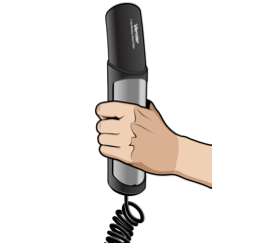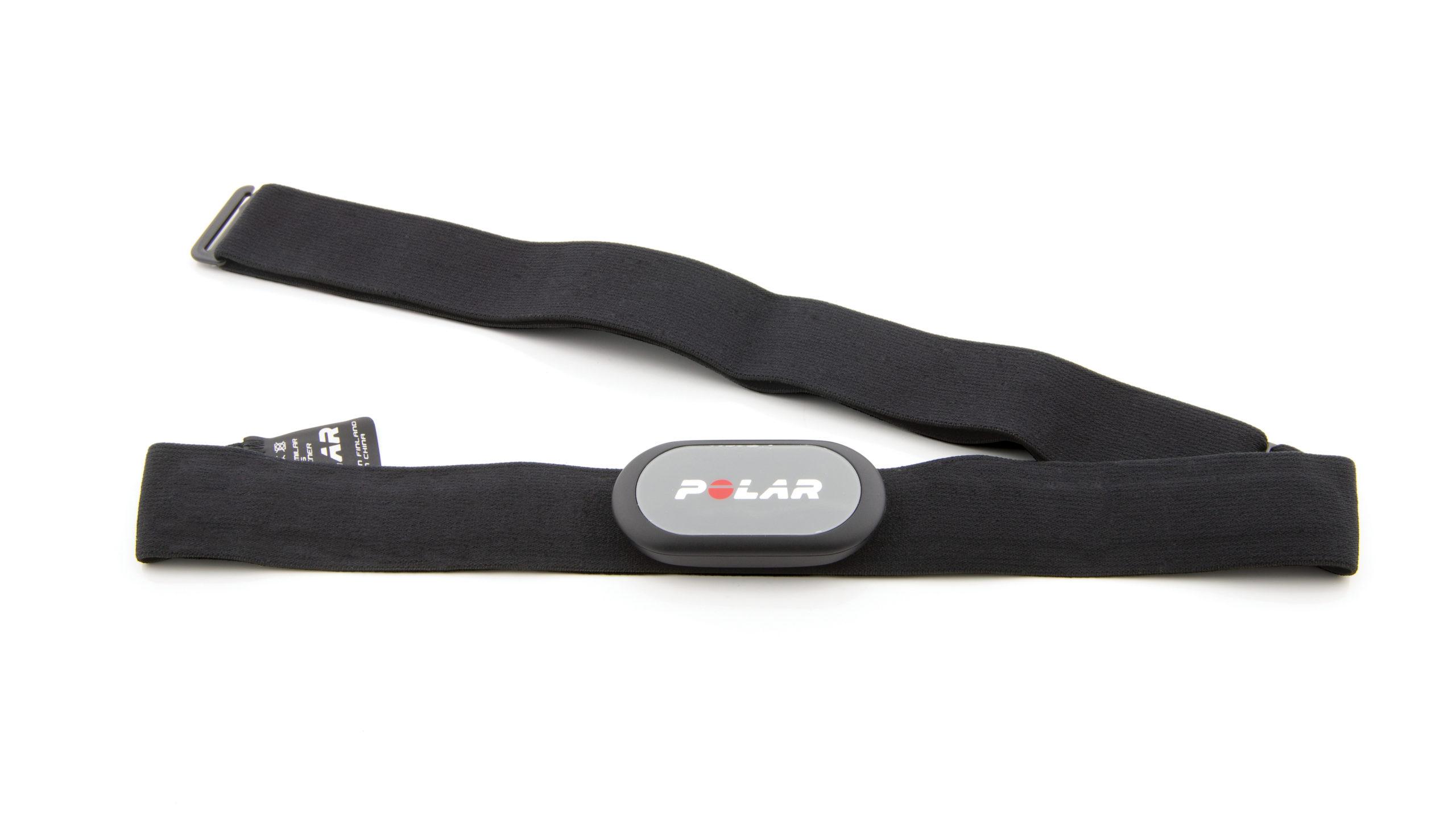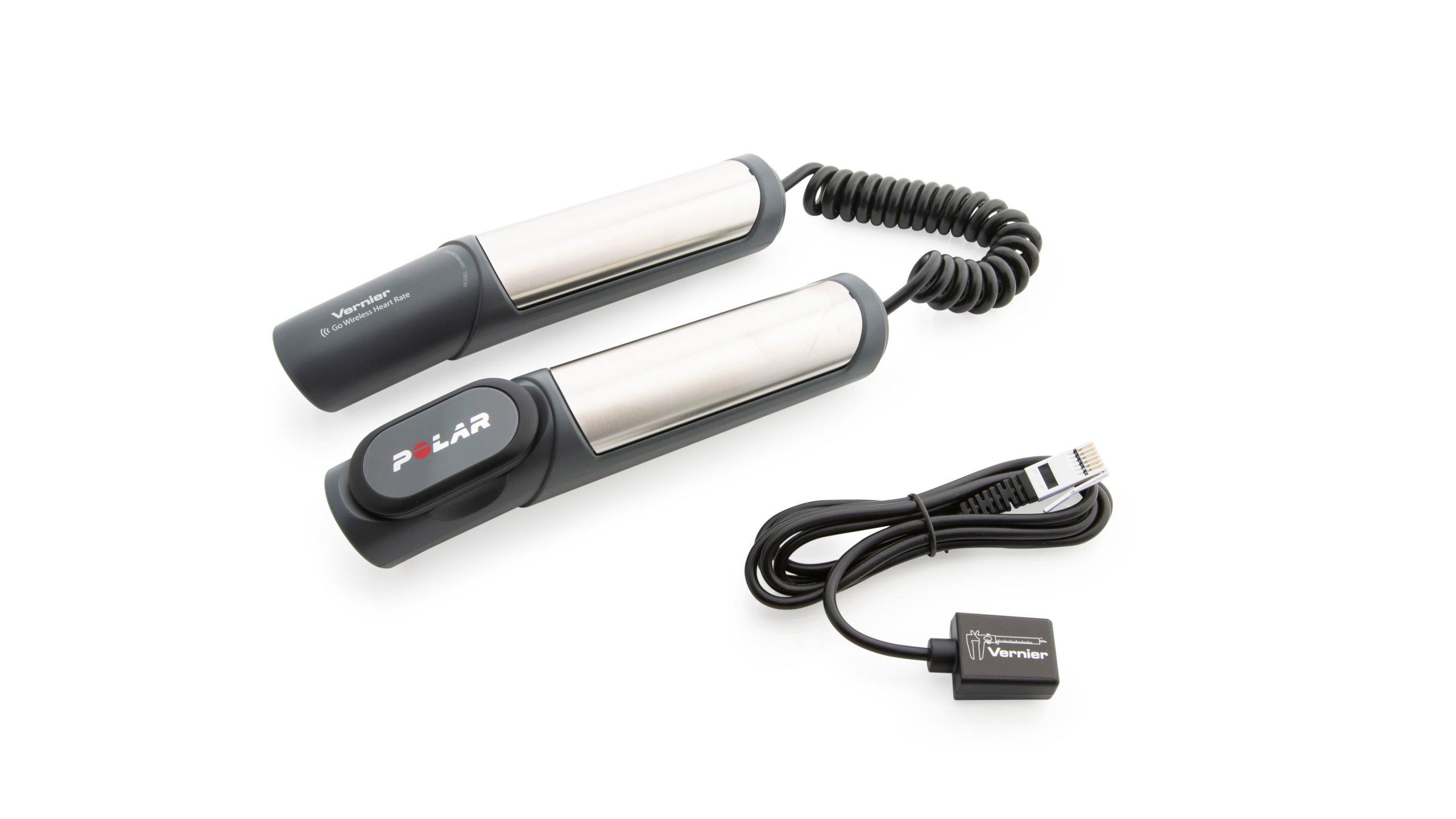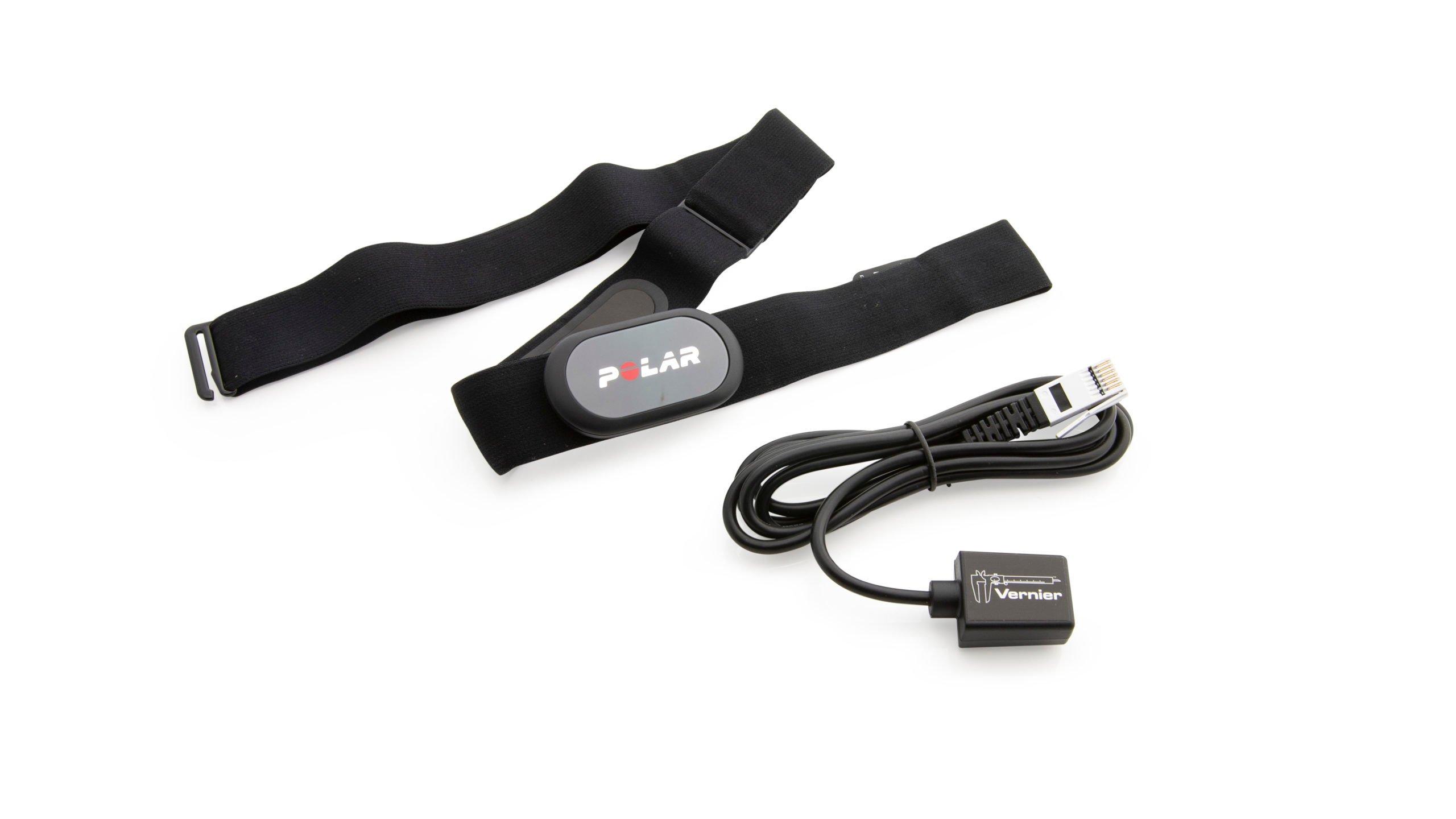
Introduction
The circulatory system is responsible for the internal transport of many vital substances in humans, including oxygen, carbon dioxide, and nutrients. The components of the circulatory system include the heart, blood vessels, and blood. Heartbeats result from electrical stimulation of the heart cells by the pacemaker, located in the heart’s inner wall of the right atrium. Although the electrical activity of the pacemaker originates from within the heart, the rhythmic sequence of impulses produced by the pacemaker is influenced by nerves outside the heart. Many things might affect heart rate, including the physical fitness of the individual, the presence of drugs such as caffeine or nicotine in the blood, and the age of the person.
As a rule, the maximum heart rate of all individuals of the same age and sex is about the same. However, the time it takes individuals to reach that maximum level while exercising varies greatly. Since physically fit people can deliver a greater volume of blood in a single cardiac cycle than unfit individuals, they can usually sustain a greater work level before reaching the maximum heart rate. Physically fit people not only have less of an increase in their heart rate during exercise, but their heart rate recovers to the resting rate more rapidly than unfit people.
In this experiment, you will evaluate your physical fitness. An arbitrary rating system will be used to “score” fitness during a variety of situations. Tests will be made while in a resting position, in a prone position, as well as during and after physical exercise.
Objectives
In this experiment, you will
- Determine the effect of body position on heart rates.
- Determine the effect of exercise on heart rates.
- Determine your fitness level.
- Correlate the fitness level of individuals with factors such as smoking, the amount of daily exercise, and other factors identified by students.
Sensors and Equipment
This experiment features the following sensors and equipment. Additional equipment may be required.
Option 1

Option 2

Option 3

Option 4

Correlations
Teaching to an educational standard? This experiment supports the standards below.
- International Baccalaureate (IB)/Sports, Exercise, and Health Science
- 6.3 Components of fitness
- International Baccalaureate (IB) 2025/Biology
- B3.2.4—Measurement of pulse rates
Ready to Experiment?
Ask an Expert
Get answers to your questions about how to teach this experiment with our support team.
- Call toll-free: 888-837-6437
- Chat with Us
- Email support@vernier.com
Purchase the Lab Book
This experiment is #27 of Biology with Vernier. The experiment in the book includes student instructions as well as instructor information for set up, helpful hints, and sample graphs and data.

